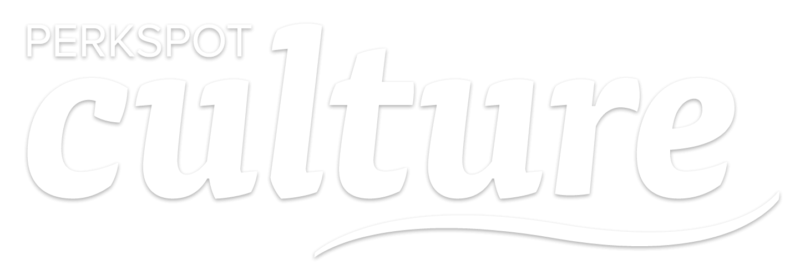Why Your Company Should Participate in Giving Tuesday
The table is cleared, the Black Friday and Cyber Monday deals have come to a close, and it’s time to look forward to the next day on our schedule: Giving Tuesday! Keep on reading and we’ll get all of your pressing Giving Tuesday questions answered. Plus, learn how your company can participate in Giving Tuesday and other charitable activities this holiday season.

What is Giving Tuesday?
Created in 2012, Giving Tuesday began with the idea that there should be a day in place dedicated to the act of doing good and giving back, especially as the holiday season officially begins. What started as a small idea has snowballed into an international day of charity. Last year alone, over $400 million was raised in online donations. That’s not even counting the hours put in volunteering and giving back in other ways! If your company isn’t already taking part in Giving Tuesday, it might be tough to do so this year. But you can still learn about the date and its importance, as well as participate in other charitable activities. Check out 3 reasons why charitable giving as a company is so vital, and how to get started immediately!
Why should my company participate?
Fortifies Company Values
Remember those company values you created a long time ago … and then promptly forgot about? Giving Tuesday, and other charitable days and acts that fall under that umbrella, are a great way to remind your employees of the values your company stands on. And if your values happen to be a large part of your company and how it runs, what better way to emphasize them than a day solely dedicated to giving back?
Boosts Morale and Engagement
Despite the exciting nature of the holidays, you probably know hard it can be to engage your employees at this time of year. Between stressing about holiday finances, battling off illnesses, and juggling work responsibilities, it can be a difficult time of year for many employees. A day like Giving Tuesday is the perfect solution, as it reminds them of one of the true reasons for the season, which is to give back to those in need! Not to mention, an employee is more likely to respect and appreciate an employer who takes part in and encourages charitable acts like donations and volunteering.
Strengthens Community Relations
One of the best things about participating in Giving Tuesday, and other, similar philanthropic days, is that you can do it in any way you see fit. One of our favorite ways? Picking a particular charity (or maybe a few) that are near and dear in more ways than one. Finding local charities that support your community and partnering with them means you can give back to the local neighborhoods that have helped get your company to where they are, perhaps through cleaning up the area, improving local schools and parks, or lending a hand to your favorite small business nearby.
How do we get started?
Visit Givingtuesday.org
Now that you understand the importance of a holiday like Giving Tuesday, it’s time to figure out how you can get your company involved! You can find inspiration for giving back, either as an individual or an organization, on Giving Tuesday’s own website: givingtuesday.org, which contains several helpful resources. If you’re unable to develop a full plan for ways your organization can give back, simply send the Giving Tuesday link to employees and encourage them to research ways they can give back on their own.
Survey Employees for Suggestions
If you’re hoping for full participation from your employees, the best thing you can do is ask for their input. Using your company’s communication method of choice, take a poll or run an anonymous survey. This allows employees to make their own suggestions on how your company can best funnel its efforts. Employees might have great intel on local charities or important people to get in touch with. If not, they can still offer ideas that they’d love to participate in themselves!
Host Your Own Giving Campaign
While some companies may opt to have a local charity guide the majority of their charitable giving, others may want to organize their own giving campaign that they can control. If this sounds preferable to you and fits your company’s model and culture, give it a swing! Need some inspiration? You can host a food, toy, or coat drive! If your company hosts a regular gift exchange, try shaking things up this year and encourage employees to donate instead. Then, offer to match the value of any gifts donated to incentivize them!
Host a Day of Volunteering
Some companies and employees may choose to compile donations or collect money to donate to their chosen charity. Others prefer to do their part by actually getting their hands dirty and volunteering themselves. If you think this fits with your company, find a local charity that’ll benefit from your company’s help. To achieve maximum employee participation, schedule and organize a paid day of volunteering where your employees will volunteer together! Not only are you giving back to the community, but your employees have the chance to bond and get to know one another outside of the office.
Charity is incredibly important, no matter what day it is. But today of all days, make sure you take a look at what your company does to give back. If you want to do more, try implementing one of these suggestions during the upcoming holiday season! Happy holidays!













